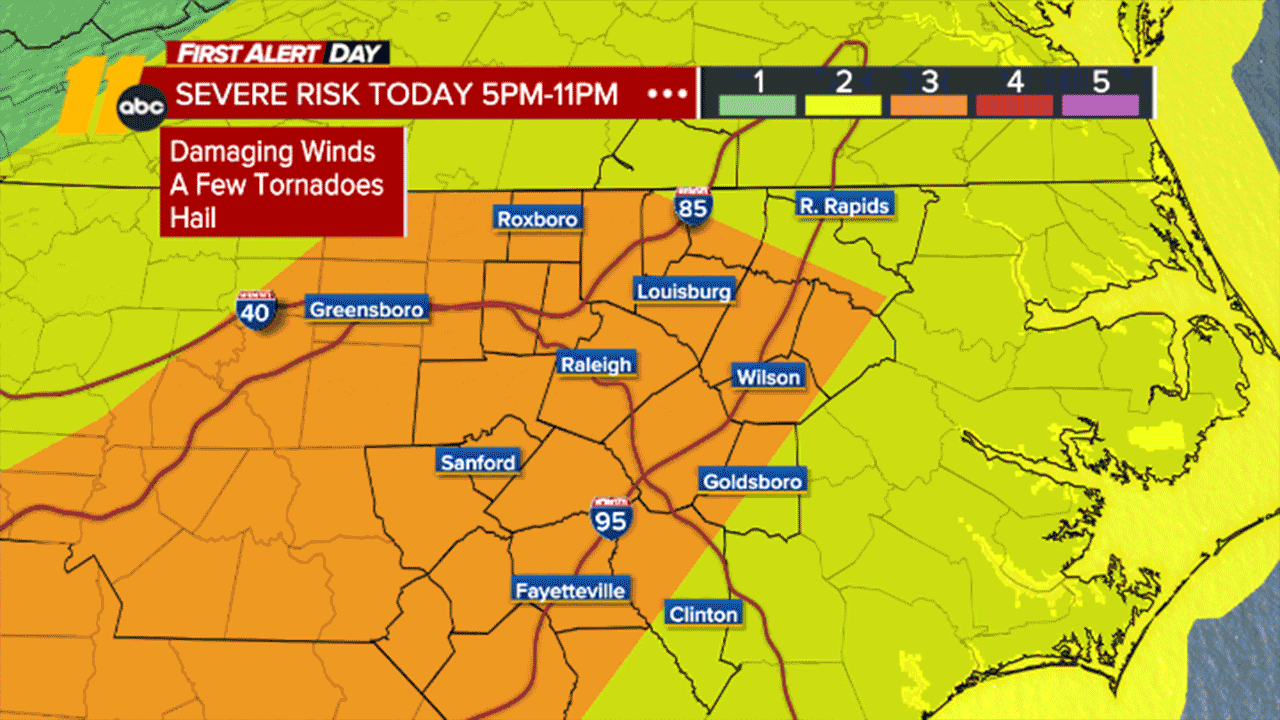COVID-19 pandemic magnifies digital divide affecting students at North Carolina schools
This story was featured in our ABC11 special program The Racial Divide: Inequity in Education (WTVD) -- Nine percent of homes in North Carolina don't have a computer.
In nearly 10 percent of homes, a smartphone is the only device. That's according to the 2018 U.S Census.
African Americans and Latinos feel the burden of the digital divide, which is why school districts are striving to make sure virtual learning this school year is equitable.
Earlene Riggins, 16, and her 18-year-old sister, Christa, successfully completed their spring 2020 school year at Broughton High School in Raleigh but the abrupt move to remote learning under this pandemic was stressful and challenging.
"I really don't like learning online," Earlene said. "It's way more harder to focus."
Earlene was initially sharing the family of five's one and only laptop.
"It was complex. It was very complex," Earlene's mom, Linda, said. "They told us many of times, 'Dad, mom our WiFi is jacked up.'"
To ease the burden, Wake County Public Schools handed out devices.
Nineteen percent of families in the district requested computers.
Three percent needed a wireless internet hot spot.
The Riggins family received two computers and a hotspot.
"We were like, 'whoop whoop!'" said Riggins. "There was no feeling uncomfortable that you didn't have what you need. There was no hassle to prove what you need."
Pew Research says just 58 percent of Black households in the country own a computer, compared to 57 percent for Hispanic households and an overwhelming 86 percent for white households.
Education leaders in equity say communities of color typically come up short in virtual learning because traditionally, that's not where we focus our economic resources.
Homes without internet
Wake County: 27,278 houses reported no internet connection (7 percent)
Durham County: 14,004 households reported no internet connection (11 percent)
Orange County: 4,292 households reported no internet connection (8 percent)
Cumberland County: 18,730 households reported no internet connection (15 percent)
The same data shows internet access is strongly related to income. More money means households are more likely to have internet
$20,000 and less: 39 percent without internet
$20,000- 74,000: 17 percent without internet
$75,000+: 4.9 percent without internet
The issue is putting a financial strain on school districts.
"It's a wicked problem to solve," said Marlo Gaddis, Chief of Technology for Wake County Public Schools. "It's a problem that can be solved with money and unfortunately it's a resource we don't have a ton of."
Gaddis says one lesson learned from this spring is to provide a parent-student guide to technology.
This school year, the district is still surveying families who need digital access.
Read more from the WCPSS Office of Equity Affairs page here. You can make donations here.
Between spring and fall 2020, the district anticipates spending more than $40 million on devices.
And moving forward, $2 million each year on hot spots.
The district is dipping into its 2018 capital budget as county commissioners look for more.
"As a 26 year veteran of education in North Carolina, it's probably one of the hardest times," said Gaddis.
In Durham, city and county leaders are partnering with Duke University to provide high speed broadband access to 12 of its low income public housing communities.
Durham Public Schools is currently surveying which families will need digital devices.
So far, DPS purchased 20,000 computers through the CARES ACT federal fund for fall 2020.
"Currently right now we are still working on the hot spots," said Benjamin Brown, executive director for internet technology for Durham Public Schools. "We're trying to get student data to ensure we have equity."
Erica Bullock will need the extra support from DPS. She is a pre-k instructor for the district at C.C. Spaulding Elementary. Bullock says, this spring, her son Fredrick would have to use his phone for school assignments, when her DPS-issued computer was not available.
"Being a single parent it's a lot you know. Having a computer it would really help. That way he would have his own," said Bullock.
Magan Gonzales-Smith is executive director of DPS' Foundation, a nonprofit raising money for more equity at DPS and digital training for educators.
"That's a really important piece but that's the first step. Not the last step to what we think of as everything that goes into really realizing digital equity," said Gonzales-Smith.
The DPS Foundation is also seeking help from civic and faith based groups for tutoring and mental health resources.
Wake County's school district is pursuing similar efforts.
Gonzalez-Smith says the community can help lessen the digital achievement gap this school year by contributing money to the DPS Foundation, and organizations can contact Foundation about offer tutoring, professional training or mental health services.
ABC11 attempted to get details from Chapel Hill City-Carrboro schools about how they plan to address the digital achievement gap.
We received this response from Jeffrey Nash a spokesperson for the district. "This is the kind of story we typically like to participate in, however we are going to politely decline this time."
According to the Census, Black people make up 10 percent of the town's population but account for nearly 37 percent of those living in poverty, according to a report published by the UNC Center for Civil Rights.
Chapel Hill-City Carrboro Public Schools also has the second largest achievement gap in the country between white and Black students, according to a study by Stanford University.






